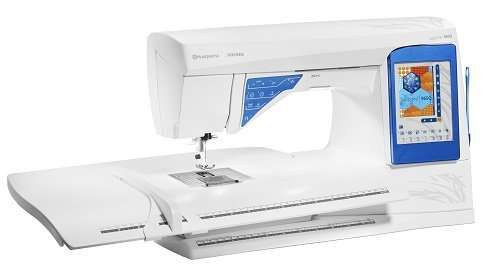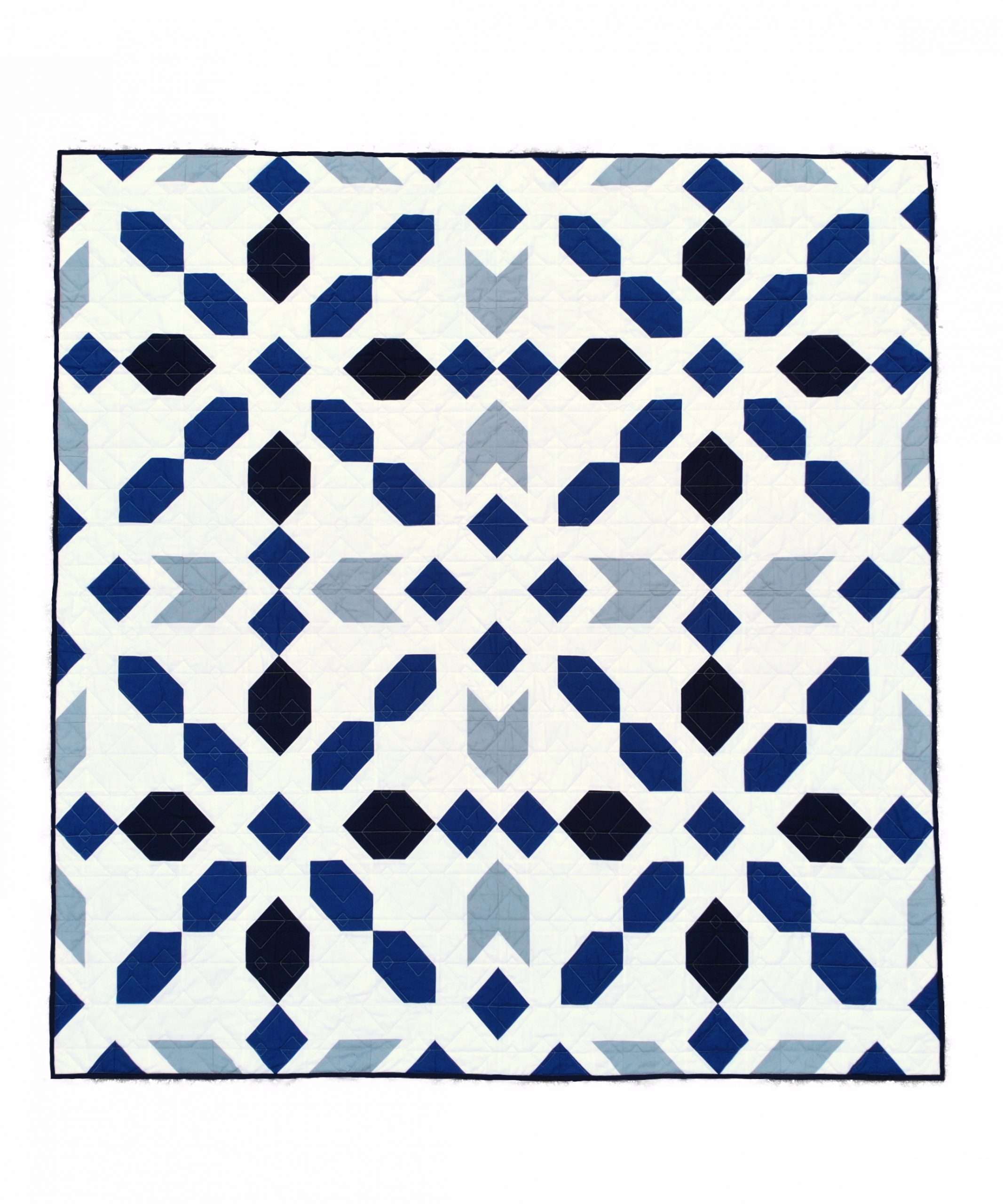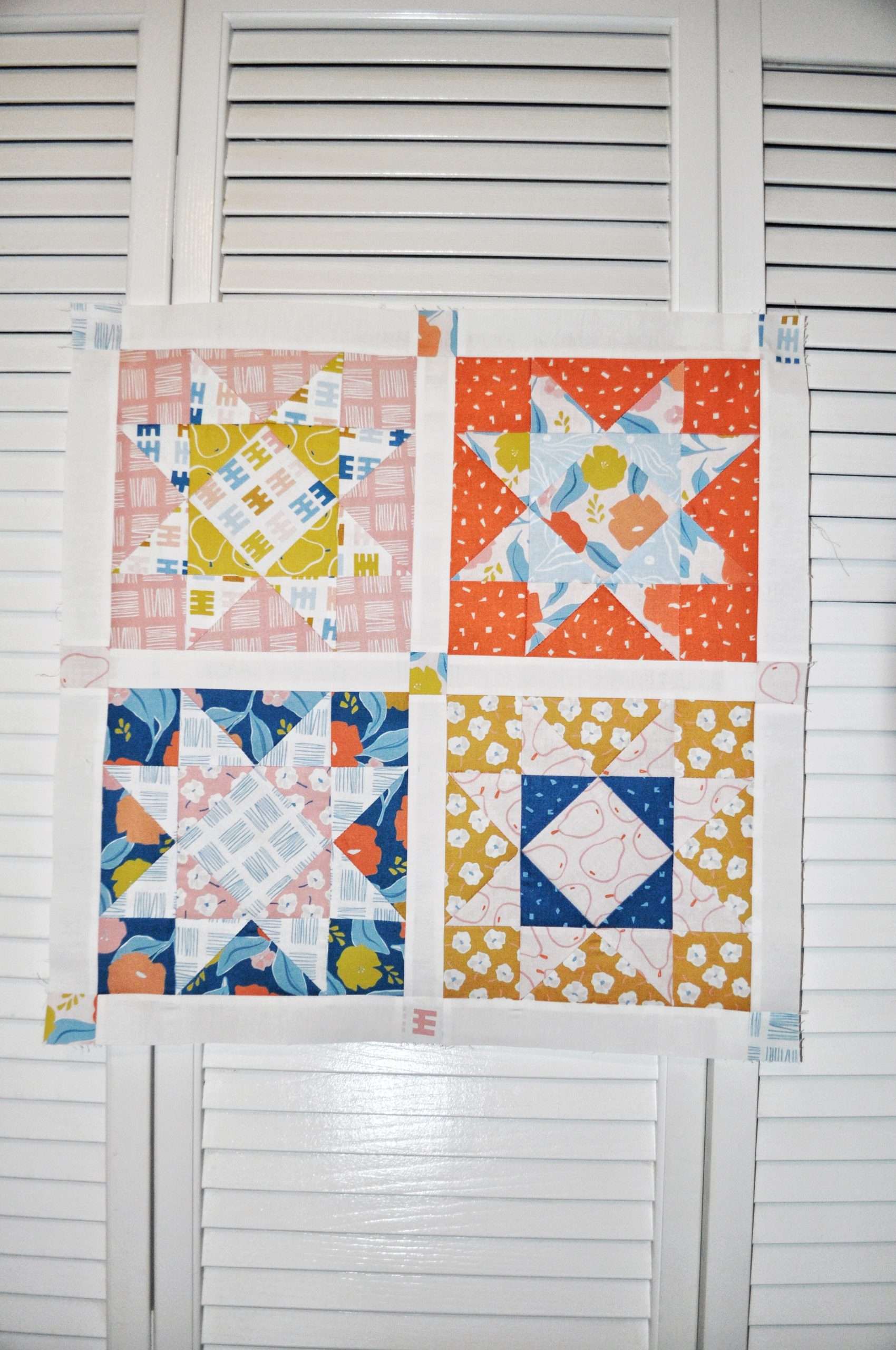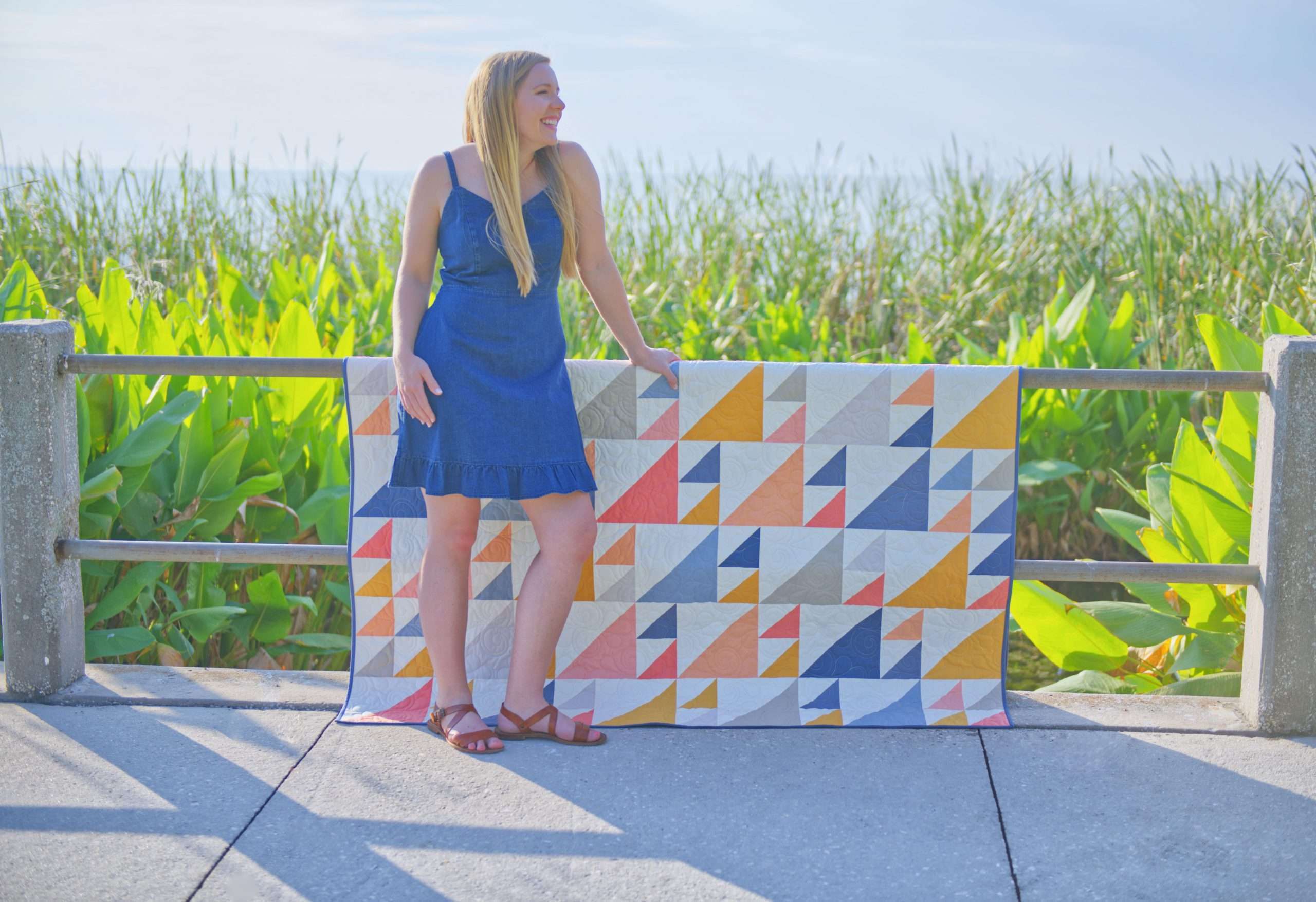Quilter’s Spray Basting Comparison
If you’re new to quilting, you might be wondering “What is spray baste?”, “Which spray baste is the best”, “How to baste a quilt?” or maybe even “What is basting?”. hint: I’m not talking about what you do to a turkey at Thanksgiving. I am happy to say I’m here to help you figure out all the basics of quilt basting and help you determine which spray baste product is the best one to use!

First off, basting a quilt is the step after you finish piecing together your quilt top. There are a few different basting methods out there for when you put together your “Quilt Sandwich”. The first quilt I ever made, I sent to a long-armer so I didn’t have to worry about basting it myself. But now that I have been quilting for years, I have had the chance to try the top 3 methods: hand basting, pin basting, and spray basting. I’ve decided for a variety of reasons that I like spray basting the best: it is easy, quick, and works like a charm.
Alternative methods to spray basting:
You might already know the other ways of basting a quilt, but just in case you are curious: hand basting involves using needle & thread to stitch big stitches through all layers of the quilt, and then ripping them out once the quilting is complete. On the other hand, pin basting is when you use curved safety pins to hold all the quilt layers together every couple of inches. Both of these methods are pretty tedious but can work well!
Prep work:
You first want to be sure your quilt top is pressed nice & flat. You also prepare your batting and backing. My personal preference is to throw my batting in the dryer for 20 minutes with a small damp towel. Doing the dryer method gets the wrinkles out (and maybe even shrinks it a tiny bit, depending on the material of your batting). I do not pre-wash my fabrics, so for the backing, I simply press the whole piece flat, especially to get rid of the center crease that comes from being wrapped on the bolt. If your quilt is bigger than your width of fabric, you’ll need to piece your backing fabric (I suggest getting some awesome wide-backing fabric which is amazing, so you can avoid piecing the quilt back!). When piecing the backing fabric, I tend to use a 1/2″ seam allowance and press it open. If your backing has a print or a direction, be sure to pay attention to it when piecing the fabric together. My friend Rachel has a great tutorial to help!

Spray Basting Your Quilt:
Once you have all 3 layers prepped, the first step is to lay out the backing – I lay it on my floor but other quilters out there use tables or their design wall to avoid crawling around on the floor. I lay my backing out flat on the floor right side down (after vacuuming up all the Beau Fur first!) and tape it down around the edges with painters tape. Make sure to pull the fabric taut without stretching it out (minimizing fabric stretch is especially important when working with Minky backing!). Once your quilt back is taped down, spread out the batting on top of it. I fold back one half of the quilt and spray starting in the middle, working my way to the edge. You’ll want to hold the spray can about 10 inches away from the material to spray a nice, even spread. I like to divide the quilt into sections to do only a little bit at a time: spray a little, spread the quilt, spray a little, spread the quilt, etc. Do this on one half and then do the other side until the whole piece of batting is stuck to the backing. Next, follow the same steps again for the quilt top until all 3 layers are adhered together.
I have a video here showing a time lapse of my basting process! I hope this helps give a visual of how I do it. This totally counts as your cardio for the day 😉

Quilter’s Spray Baste Comparison:
Since I have been using the spray baste quilting method for years, I have had the chance to try out many different brands to provide my official “Quilter’s Spray Baste Comparison”. Here are 3 different quilter’s spray baste options and my thoughts on each of them:
The Best Spray for Basting a Quilt
- Sulky KK2000: This little can packs a punch. I really love working with the Sulky KK2000 spray baste because there is no smell, virtually no over-spray, and it is the best option for the environment! While it is on the more expensive side, I think it is worth the splurge. I was able to quilt 2 baby quilts with one small can. You can find a 2-pack on amazon here.
A Fantastic Spray Baste for a Quilt
- Odif 505: I believe this is a great option for spray baste. It is good quality and works well! This was my personal favorite until I tried the Sulky version, and I definitely recommend it! The price is good, and it is tacky enough to keep your quilt layers together. I do suggest to watch for overspray though – it technically doesn’t have a smell, but it’s a little more of a spray bubble in the air than Sulky’s product.
Skip this Spray Baste
- Elmer’s Multi-Purpose Spray Adhesive: I tried this one once in hopes of saving a few bucks, but trust me, the pennies saved were not worth the struggle. I am sure that this spray adhesive may be suitable for other projects, but for basting my quilt, I found it very cumbersome. The overspray was terrible and the fabric did not stick together like they should have – the spray made everything sticky EXCEPT the quilt. Save yourself the trouble on this one, OK?




